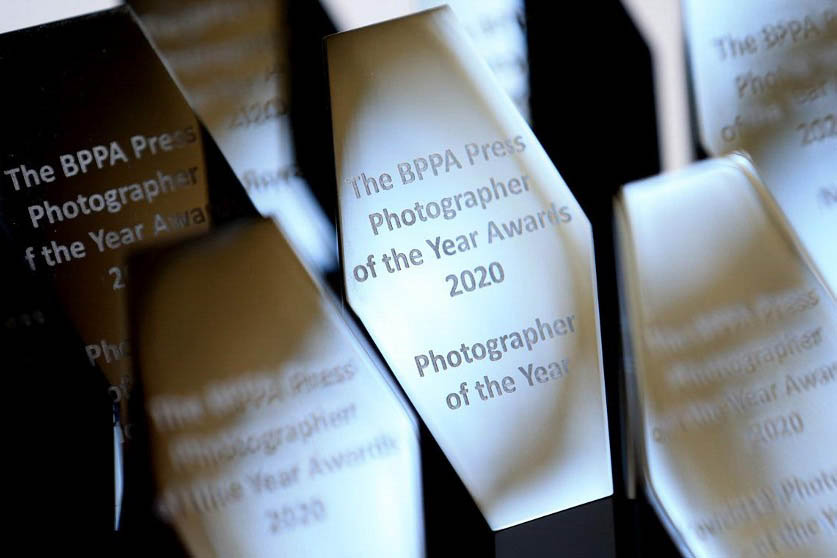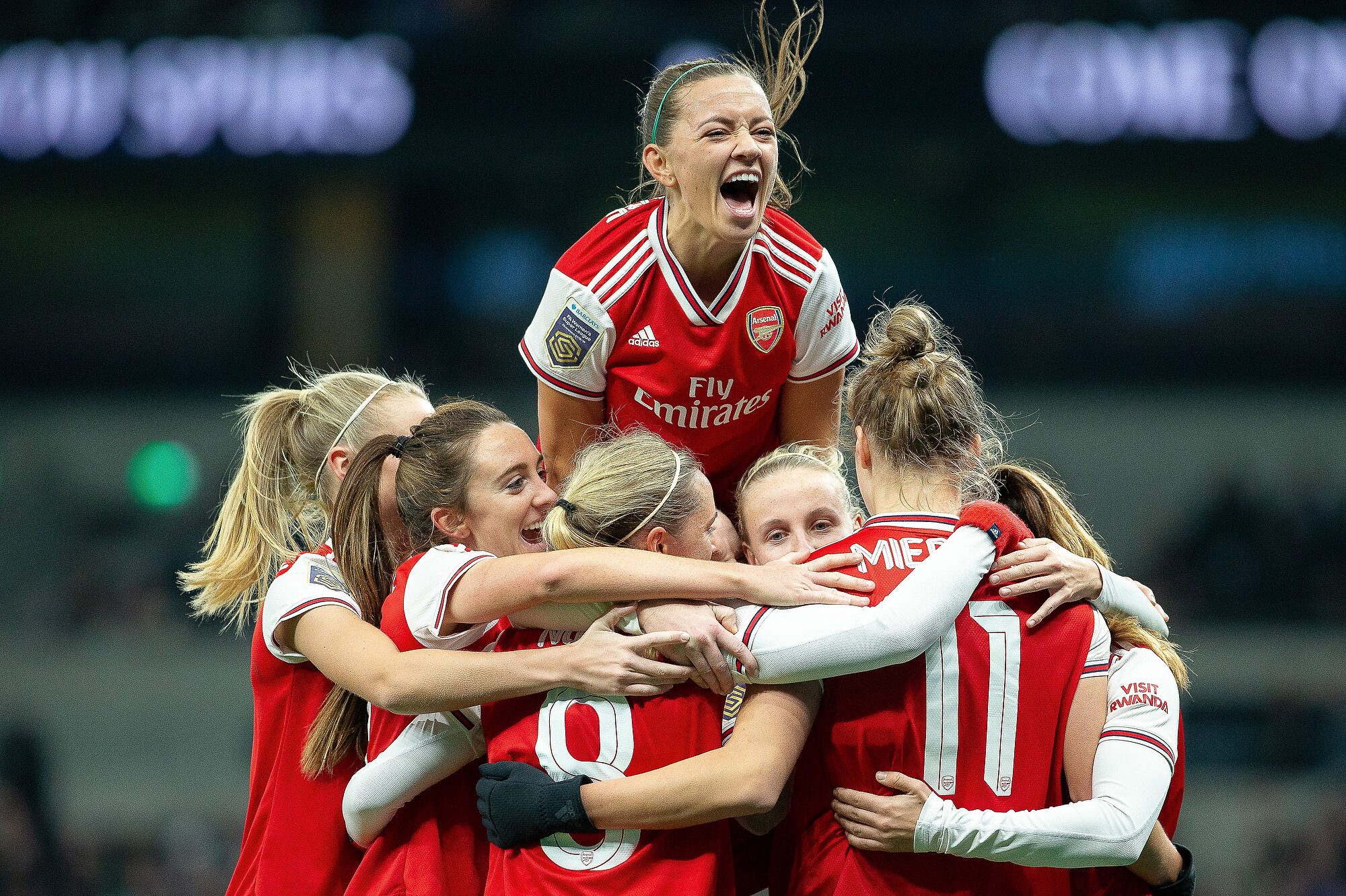Memories of the late Eamonn McCabe
When the Press Photographers Association (PPA) first got together it wasn’t too promising. Only a few of the press photographers invited from each national newspaper bothered to show. It was a small gathering around a long table that gently rattled in the smoky gloom of a club called Duffers, nestling as it did beneath the railway arches that led trains into Farringdon station. It was early 1984, and the boys had gathered to hear our first Chairman and Founder outline his plans to create something new to represent the very best of press photography in books, exhibitions; above all to celebrate press photography at its very best.
Photo: Brian Harris. The first ever meeting of the PPA at Duffers Club in 1984. Eamonn McCabe is third from the right.
Some thought it was simply a vanity project for just one guy and his mates, and they stayed away. Although it was certainly to be elite, the PPA was not to be elitist. Around that table the photographers came from as diverse publications as The Guardian, The Standard, The Times and The Sun. But only one of those present was a sports photographer. And that was Eamonn McCabe.
Back in 1984, Eamonn was recognised as one of the very best sports photographers of his generation. He had won the prestigious Sports Photographer of the Year award four times and dominated the pages of ‘The Observer’. John Downing, our Founder and first Chair, was keen to have Eamonn from the very start. But the truth was that there was a traditional strong line between ‘news’ and ‘sport’ on newspapers that filled into our profession, and John was determined to break that down, to represent the very best of sport alongside the very best of news in the newly formed PPA. There was no better man to lead that with his sports colleagues than Eamonn.
Within a year, the Association had taken off, and the first PPA Exhibition was officially opened by Princess Michael of Kent. Eamonn’s extraordinary work, often showing the preparation and behind the scenes of great sportsmen preparing for competition, was a highlight of the exhibition. But at the very core of what the PPA was about from the start was encouraging younger photographers to get involved and aim high. And a number found their work up there, in pride of place, with the very finest photographers working in Fleet Street at the first PPA exhibition.
I can vouch for that, as we now launch our Associate Member scheme, because I was one of those photographers back in ‘84, just started working at Sport and General Press Agency, and unsure whether to enter my pictures of tennis and, of all things, kayaking, to an exhibition that would have John’s extraordinary pictures from Afghanistan, and Eamonn’s now famous beautiful sports images from table tennis and boxing, the latter showing a gloved hand being prepared for the fight. Where did I fit in all this greatness?
At one late night PPA meeting at Duffers, Eamonn pulled me to one side, and in a very quiet casual almost laid back manner told me he liked my pictures very much, and that he would take them to the judging panel. So it was, a month or so later at the Barbican, a moment of immense pride to stand there beside my prints, 12×16, printed by the legendary Larry Bartlett framed on the wall, in my early twenties, as the royal party walked round with John escorting the Princess.
I can’t say I knew Eamonn well, more to say ‘Hi to’ and perhaps call occasionally, but the more people I’ve spoken to, the more I get the impression that many people knew him, knew his work, knew about his incredible career, but didn’t really know him at all. He had, after all, made the rare transfer from award winning sports photographer, to picture editor on The Guardian, and then finally, back to photography, on the features pages specialising in portraits.
Believe me here, I know from personal experience that going from the road to the desk is not easy. It is not unlike running an exhibition of photography. To those whose images you select and show prominently, you are brilliant as an editor, either for an exhibition or the paper that day, but to those whose pictures don’t make the cut, you’re just a patsy, or worse. Much worse.
As Brian Harris remembers, “Truth is that Eamonn proved to be quite a divisive figure on the desk, championed by some, and upsetting others. He had been charged with making changes at The Guardian to counteract the new kid on the street ‘The Independent’, so there were bound to be some that were going to be unhappy. When later he left and went back to work as a photographer, staying with the paper whose desk he had run, doing portraits, some found that all quite challenging.”
But Eamonn, in his portraiture work, has left an impressive legacy of his imagery preserved for perpetuity at the National Portrait Gallery. Not many picture editors have achieved that.
So how to remember Eamonn McCabe? Dillon Bryden suggests that many have the same story as I have, and Dillon has, that Eamonn supported and encouraged them when they first started, as Dillon recalls, “being genuinely enthusiastic about younger photographers getting on with it and being able to do their own thing as photographers.”
While still at school Dillon joined a short course, The Bradford City Project run by Eamonn. There he found all sorts of photographers, though as Dillon remembers, “I was by far the youngest. At the end of the day I just wanted to go on do something else, I didn’t want it to end. We had done some landscapes, some football, some street photography, and everyone was off to their hotels for the night. I didn’t want to stop. I asked what’s next. Eamonn suggested I head off to photograph the night racing at the speedway. And then he just handed over his Nikkor 400 3.5 . I couldn’t believe it, the ultimate lens, way beyond anything I could afford!”
Two weeks later, and leaving school for good, Dillon chased up Eamonn to see if he could get some work experience on The Guardian. Within a short time, Dillon found himself in Farringdon Road, having a great time, lots of shows in the paper, and was ready for that staff job. Hugely disappointed that wasn’t going to happen, Eamonn told Dillon ‘to keep in touch’ but strongly advised him to go to college, advise Dillon has never regretted following.
“Eamonn was like a godfather to me, gentle, calm, instructional. If he disagreed with you, he’d step back a little. He was a huge influence on my life and career. Put it this way, everyone knows Eamonn McCabe, and unless you’re a Guardian staffer of the late 80s, who knows who was The Guardian picture editor before Eamonn?”
Tim Bishop













